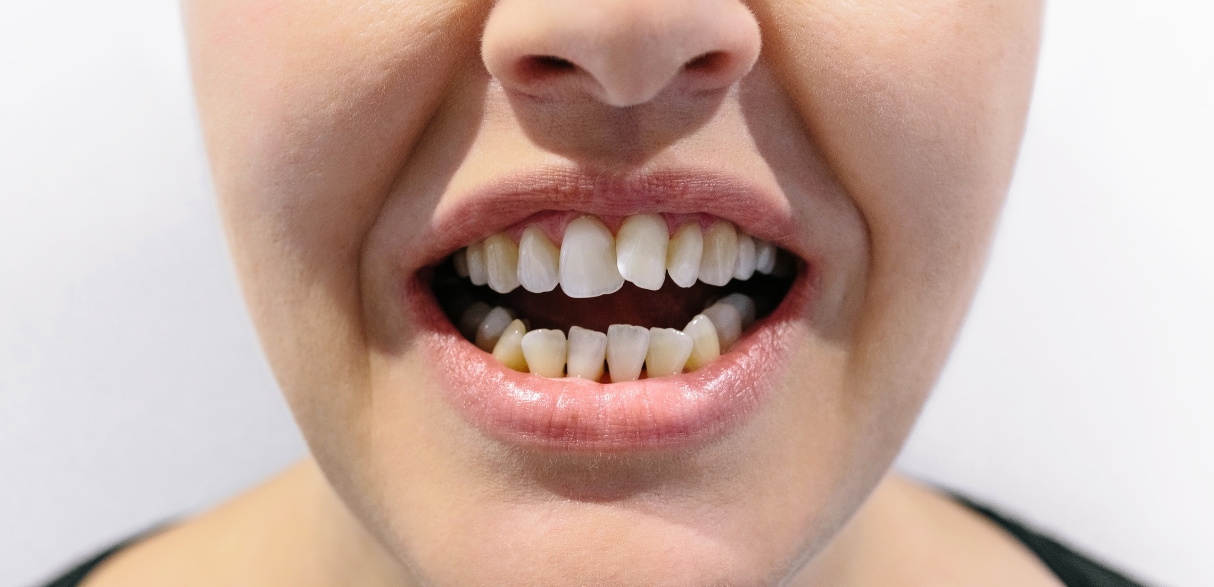
Cosmetic dentistry has wholly transformed our perspective on dental health and appearance. Nowadays, having good teeth and gums isn’t enough; having the ideal smile is the goal. This branch of dentistry aims to make a person’s teeth, gums, and smile seem better overall.
Types of Cosmetic Dental Procedures
Teeth Whitening
One of the most common and straightforward cosmetic dentistry procedures is this one. It involves using bleach to remove stains and discoloration from teeth, restoring them to a lighter shade. The process can address stains caused by food, drinks, smoking, and aging. While over-the-counter products are available, a dentist does professional whitening, which is generally more effective and safer, as the dentist can ensure that the gums are protected. The proper concentration of whitening agent is used. The process typically involves multiple visits, and the results can be dramatic.
Dental Veneers
Veneers are thin shells of tooth-colored material, commonly porcelain, custom-made and placed over teeth’s front surfaces to enhance their appearance. Their color, form, size, or length are altered when cemented onto the front of the teeth. Many dental problems can be effectively treated with veneers, including discolored, worn-down, chipped or broken, misaligned, uneven, or oddly shaped teeth. It usually takes several visits to the dentist to have veneers: one for the consultation and then one or two more for the veneers to be made and applied.
Dental Bonding
This process improves a person’s smile by laying a solid plastic material, resin, to a tooth and bonding it to the tooth using a specific light. This is among the easiest and least expensive cosmetic dental procedures. Bonding can repair decayed, chipped, cracked, or misshapen teeth; it is also an excellent decorative alternative to, or replacement for, amalgam or silver fillings.
Dental Crowns
With crowns, a tooth’s whole natural crown is replaced with specially made covers. These are metal-fused acrylic or porcelain crowns designed to withstand a bite’s force and placed in severely decaying or broken teeth. In addition to covering large fillings, crowns can safeguard weak teeth, hold dental bridges in place, protect dental implants, fix damaged teeth, and improve appearance.
Inlays and Onlays
These are utilized when a tooth is not significantly damaged enough to require a crown but has mild to moderate decay or inadequate dental structure to sustain a filling. Composite resin is used in the dental lab to create inlays and onlays, which are then cemented to the teeth using dental cement. They support strengthening teeth, restoring their shape, and preventing further decay or deterioration.
Dental Implants
Teeth that are lost are replaced by implants. To keep a crown, a tiny titanium screw that is inserted into the jaw at the location of the missing tooth is part of the procedure. Once the bone and supporting tissue bond to the implant, it becomes indistinguishable from the surrounding natural teeth and firmly fixed. It may take several months for the bone to mend around the implant for this process to proceed firmly.
Orthodontics and Invisalign
Orthodontic treatments, including braces and Invisalign, correct misaligned teeth and bite issues. While Invisalign uses a series of clear, custom-made aligners that are less intrusive and can be taken out for eating and cleaning, traditional braces require metal wires and brackets.
Benefits of Cosmetic Dentistry
Improved Appearance
Cosmetic dentistry can significantly improve the appearance of your teeth and smile. Procedures like teeth whitening, veneers, and Bonding can correct imperfections like discoloration, chips, gaps, and misalignment. This can lead to a more attractive and youthful appearance.
Enhanced Self-Confidence
With an improved smile, many people experience a boost in self-esteem and confidence. This can positively impact their social interactions, professional opportunities, and personal satisfaction.
Better Oral Health
While the primary focus of cosmetic dentistry is aesthetics, many procedures also contribute to improved oral health. For instance, repairing chipped or misaligned teeth can help lower the risk of decay and gum disease by simplifying proper dental care maintenance. Damaged teeth are kept from deteriorating further with crowns and Bonding.
Long-Lasting Effects
Many cosmetic dental treatments offer long-term results. With good care and maintenance, the effects of procedures like veneers, Bonding, or dental implants can last for many years, making them a worthwhile investment.
Pain Reduction
In some cases, cosmetic dental procedures can alleviate physical discomfort. For instance, aligning crooked teeth can correct bite issues and reduce pain associated with temporomandibular joint (TMJ) disorders.
Customized Treatments
Cosmetic dentistry offers personalized treatment plans to meet individual needs and preferences. Dentists can tailor treatments based on the shape, color, and alignment of your teeth, ensuring that the results look natural and complement your overall appearance.
Improved Bite
Orthodontic treatments and aligners enhance the look of your teeth and correct bite issues. A proper bite ensures an even distribution of force when eating, which can prevent jaw pain and protect teeth from uneven wear.
Quick and Minimally Invasive
Many cosmetic procedures are short and require minimal downtime. Treatments like teeth whitening or dental Bonding can be completed in one visit, offering an immediate improvement in appearance.
Considerations and Risks
- Cost: Cosmetic dentistry can be expensive and is not always covered by insurance.
- Procedure Limitations: Not all procedures are suitable for everyone. Dental health, bone structure, and individual needs must be considered.
- Maintenance: Some procedures require ongoing maintenance and care.
The Importance of Dental Cleaning
Dental cleaning, an essential aspect of oral hygiene, is pivotal in maintaining overall dental health and preventing oral diseases. This routine procedure, typically performed by dental hygienists, involves the removal of dental plaque and tartar from teeth, which are the primary culprits in causing decay and gum disease. Regular dental cleanings help prevent the buildup of these harmful substances, thereby reducing the risk of cavities, gingivitis, and more serious periodontal diseases.
The importance of dental cleaning extends beyond just preventing disease. Additionally, it dramatically improves oral freshness and fights bad breath, which is frequently brought on by germs and food particles that have decayed in the mouth. Additionally, dental practitioners can provide early intervention and treatment by spotting early warning indicators of issues like fractures and fractured fillings during cleanings.
Moreover, dental cleanings are critical in maintaining the results of various dental treatments, particularly cosmetic procedures. Clean, healthy teeth are essential for the longevity and effectiveness of veneers, crowns, and Bonding treatments.
Regular dental cleaning sessions also allow dentists to educate patients on effective oral hygiene practices. This education is crucial for maintaining dental health between professional cleanings and ensuring that patients have the knowledge to care for their teeth effectively at home.
Conclusion
Cosmetic dentistry offers a path to achieving your dream smile. With the advancements in dental technology and techniques, a wide range of options are available to enhance the appearance of your teeth. It’s essential to consult with a qualified cosmetic dentist to understand the best options for your specific needs and to ensure that you maintain your oral health.




